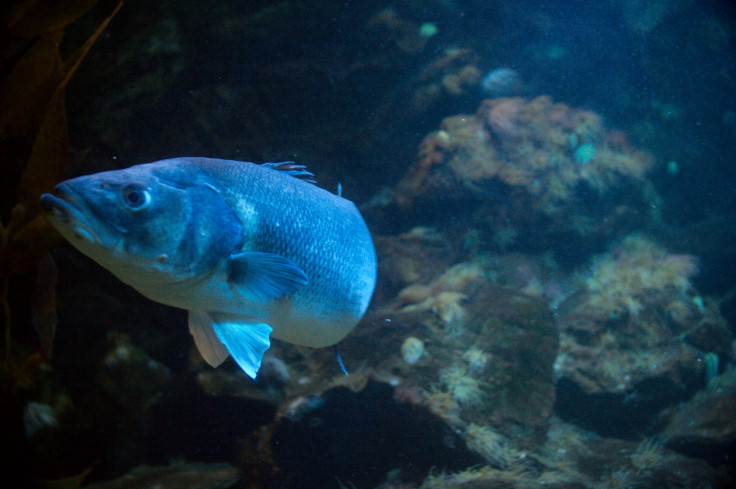Male fish are changing sex because of chemicals we flush down the drain
Feminised male fish have been found on every continent except Antarctica.

Fish in English rivers are being affected by oestrogen-like compounds in contraceptives and household products, with some males developing functional female ovarian tissue due to river pollution, a major research programme has found.
A series of studies to be presented at a conference on Monday (3 June) have outlined some of the ways that fish can experience sex changes due to chemical pollution of their environment. The findings are the culmination of a 25 year study on the effects of a class of compounds known to mimic oestrogen, a female sex hormone.
More than 2,000 compounds have been identified as environmental oestrogen mimics, meaning that they have a similar effect on the body as the female sex hormone oestrogen. A sample of the most potent of these mimics were scrutinised by a team led by the University of Exeter to see how they affected fish in England.
The team sampled fish at about 50 sites across England, focusing on roach but also studying species such as gudgeon, and doing lab tests on zebrafish. They found the mimics present in the waters had a spectrum of effects on male fish.
"They don't just affect reproduction and they don't just induce things like transgender," Charles Tyler of the University of Exeter told IBTimes UK. Tyler will present the findings at the 50th Anniversary Symposium of the Fisheries Society in the British Isles later today.
"They can also affect things like the way the fish behave, the immune system of the fish and how things like bones develop as well."
Some of the male fish studied produced eggs, Tyler said, and these fish are less able to reproduce. It's not yet known whether males can undergo complete sex reversal producing an ovary rather than testes at any of the sites studied in English rivers.
Tip of the iceberg
These compounds are found in medicines, household and industrial waste, and are used to make plastics, such as bisphenols. They also include hormones naturally produced by the body, compounds in hormonal contraceptives and hormone replacement therapy.
"We use about 20-30,000 chemicals in our daily lives. Lots are going out into the environment. Thousands of them have endocrine disrupting activity," said Tyler.
"The ones we've been focusing on are the ones we're pretty convinced are causing these gender disruptions in fish."
Just as these oestrogen mimics lead to a range of effects in the fish, they also work in a number of ways that are only just now being discovered. The hormone found in the contraceptive pill works through the male fish's oestrogen receptors, whereas bisphenols work through a wide range of different routes, including thyroid receptors, leading to a more complex picture.
Although this study focused on the roach, a very common fish, it's possible that these biological changes could threaten rarer species in England, Tyler said.
"Feminised fish have now been shown on every continent apart from Antarctica. It is highly likely that other fish are being affected by similar mechanisms."
© Copyright IBTimes 2025. All rights reserved.






















